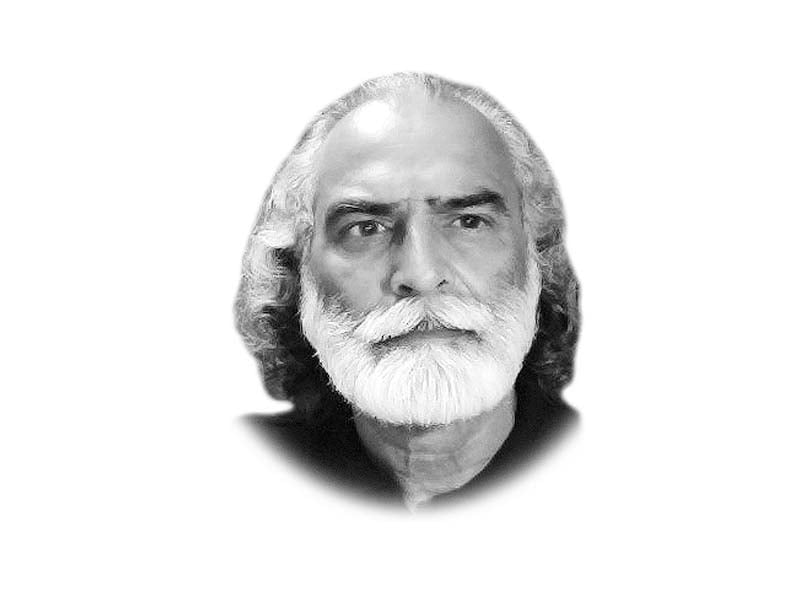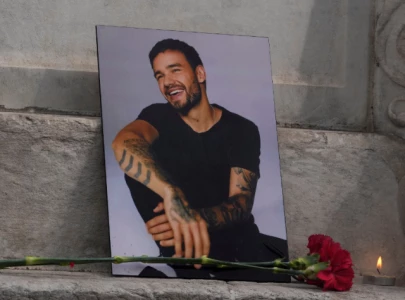
After spending the night at a hotel in Mansehra, on the morning of October 9, my driver and I left for Balakot. The road leading to Balakot was jam-packed with all kinds of vehicles — vans, private cars, buses and motorbikes. Hardly any vehicle was coming from the opposite direction. In addition, there were hundreds of people marching on foot too. Each one was carrying a tool — hammer, sickle, axe, chisel or saw. Let’s call them tool-carrying volunteers (TCV). This was indeed an impressive show of passion and energy. I was curious to explore what had motivated these people to take up this act so I jumped out of the jeep and joined them. “We are going to help the affected families in whatever way we can — remove the debris to get the injured or the dead out,” they said. The distance between Mansehra and Balakot is around 38km. They were going to cover it all on foot. I got tired after walking just 5km. I got back into my car and processed what I had just experienced. The TCVs were overwhelmed by what had happened around them. Their empathy was visible.
We reached Balakot in three hours. The city had been completely flattened. The survivors were busy trying to dig out their love ones from underneath the debris. I did not see any NGO or state agency helping the affected people. It was all self-help. But the TCVs coming from Mansehra and other areas soon joined the survivors in their efforts. This was humanity in action, which left me deeply moved. Everyone was courteous, caring and disciplined — the qualities we often lack in normal times. This highly disciplined attitude was not an outcome of any training or drill. This was all spontaneous, a spectacular show of collective humanity. I wondered if this could be sustained. Soon, however, my hopes were dashed. A truckload of dry ration arrived at a spot where about two dozen TCVs were helping a few families whose members were buried under debris. A well-intentioned philanthropist started distributing the packets of ration. News spread around and soon people started thronging the spot. The distribution turned into a throw-and-catch game. Within minutes there was chaos. Everyone tried to grab as many packets as possible. The TCVs, too, turned into grabbers. This was not new to me at all. I have been witnessing similar situations since the 1992 flood disaster when I started working with disaster-prone communities. I tried to stop the philanthropist but failed. He appeared to be proud of his act and continued throwing packets at the people. It must have been an empowering experience for him but the ugly outcome of the well-intended spirit was killed with one wrong act — greed replaced empathy and I never saw the TCVs again.
Our media has little understanding of the complexities of disasters. It has little qualm in showing survivors fighting with each other over relief items that only serves to diminished empathy and a negative image for them. Relief-providers (officials, philanthropists, workers of NGOs and INGOs etc.) whose duty it is to assist survivors with respect and care also contribute hugely in building a negative image of them. They do not hesitate to use derogatory words to describe survivors — greedy, grabbers, liars and cheats. In a society where trust and social cohesion is already in huge deficit, this was no less than a crime.
Since 2005, our people have suffered from six mega floods, two middle-scale earthquakes and two major displacements due to military operations against terrorists. There appears to be no improvement as far as treatment of internally displaced persons (IDP) is concerned. We have seen pictures of police baton-charging IDPs time and again.
Though our public policy and legislation on disaster have seen a paradigm shift — from relief provision to disaster risk reduction — since 2005, in practice, relief provision continues to dominate the mindset of our successive rulers. They love doling out money to affected people as this helps consolidate their vote bank. Since most political parties rely heavily on primordial networks for electoral support, the relief and rehabilitation packages are also distributed through these structures which happen to be intensely partisan. This practice not only causes under-development in society but also undermines fair play. It reinforces sectarian, clan and ethnic rivalries. It weakens social cohesion and collectivity — a prerequisite for building a resilient society.
As frequency of disasters increases in the country, the ability of communities to bounce back in their aftermath is weakening at the same time. It is easy to rebuild physical infrastructures, such as houses, water channels etc., but it is extremely difficult to develop social cohesion and decent values. During my recent visit to Balakot, I met many people from diverse social backgrounds. Most of them told me that they have rebuilt their houses. But they seemed to be lacking feelings of empathy and collectivity. Nearly 60 per cent of the respondents of our recent study on disaster and governance said that social cohesion had been badly affected since the 2005 earthquake. The study also shows that the situation in flood-affected areas is more serious than in the ‘quake-hit areas. This is perhaps due to recurrent flooding since 2010 and the repeated intervention of relief-providers, particularly state officials. The recipient mentality has become deeply embedded. For instance, during our study we found that many flood-affected families did not rebuild their houses as they were expecting someone from the government to give them money for reconstruction. This shows that very serious damage has been done to the traditional resilient norms and practices. In the last 10 years, empathy, respect, feelings of collectivity and resilience appear to be the major casualties of our relief interventions. There is a dire need to start trusting and respecting disaster survivors.
Published in The Express Tribune, October 8th, 2015.
Like Opinion & Editorial on Facebook, follow @ETOpEd on Twitter to receive all updates on all our daily pieces.

1731028448-0/Untitled-design-(37)1731028448-0-165x106.webp)











COMMENTS (2)
Comments are moderated and generally will be posted if they are on-topic and not abusive.
For more information, please see our Comments FAQ